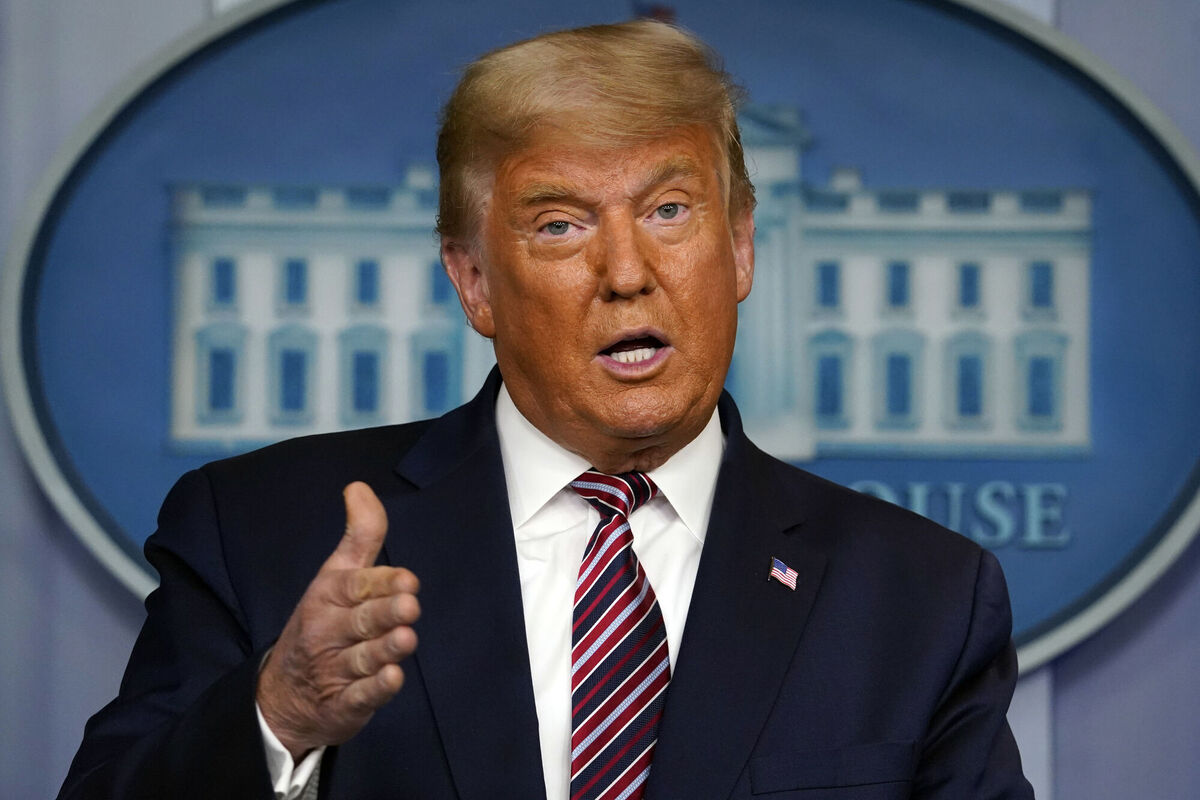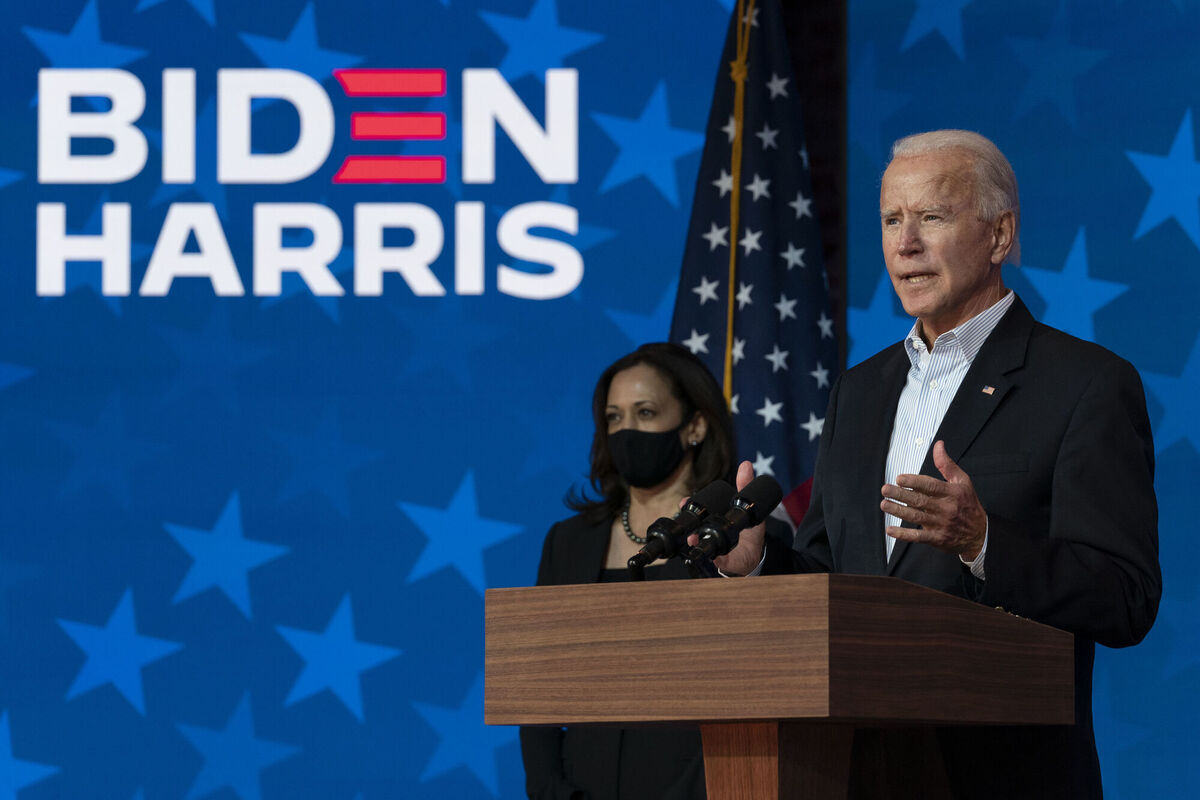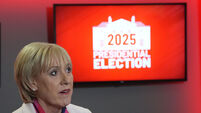Steve Peoples: US election exposes America's 'perilous' divisions

A demonstrator tosses confetti outside the Pennsylvania Convention Center where votes were being counted following Tuesday's election. File picture: Rebecca Blackwell
US presidential elections can be revealing moments that convey the wishes of the American people to the next wave of elected officials.
So far, the big reveal in the contest between Donald Trump and Joe Biden is the extent of the cavernous divide between Republican and Democratic America, one that defines the nation, no matter which candidate ultimately wins.
Voters from both parties turned out in droves to pick the next president, but as they did so, they found little agreement about what that president should do. Democrats and Republicans prioritised different issues, lived in different communities, and even voted on different kinds of ballots.
Regardless of the outcome, that division ensures that the next president will face significant gridlock in the US Congress, scepticism about the integrity of the vote, and an agitated electorate increasingly divided by race, education, and geography. Even the vote count itself threatens to further split Americans.
Throughout the count, Mr Trump encouraged his supporters to protest outside counting locations still sorting through mail ballots — the method of voting preferred by many Democrats — while pursuing an aggressive legal strategy that could lead to further delays.

“Except for the civil war, I don’t think we’ve lived through any time as perilous as this in terms of the divisions,” said historian Barbara Perry, the director of presidential studies at the University of Virginia’s Miller Centre.
Even after the 2000 election, when the Supreme Court ultimately intervened on Republican George W Bush’s behalf, Democrat Al Gore quickly conceded and congressional leaders found areas of agreement on Capitol Hill.
“To come out of something like this, you need to have a leader who can lead and willing followers,” said Ms Perry.
“I just don’t see willing followers on either side.”
The yawning divides will threaten the next president’s ability to manage multiple crises: daily coronavirus infections set a record this week, the US economy is struggling to recover from the pandemic, and many Americans are pressing for a reckoning on racial injustices.
Trump and Biden voters, however, express strikingly different views on those challenges, according to AP VoteCast, a broad survey of the electorate. Biden voters overwhelming say they want the federal government to prioritise limiting the spread of the virus, even if that means further damage to the economy. However, most Trump voters preferred an approach that focused on the economy.
About half of Trump voters also called the economy and jobs the top issue facing the nation, while only one in 10 Biden voters named it most important.
On race and justice issues, Biden voters almost universally said racism is a serious problem in US society and in policing. However, only a slim majority of Trump voters, who are overwhelming white, called racism a serious problem.
Mr Biden has tried to bridge this gap, often appealing to a sense of national unity and the “soul” of America. Mr Trump often casts himself as a defender of his voters. He has threatened to withhold pandemic-related aid from states run by Democratic governors and disparaged cities run by Democrats.
Many Democrats desperately hoped that Mr Trump would suffer an embarrassing and broad defeat that would serve as a clear repudiation of Mr Trump and his brand of politics. At the very least, they wanted an unambiguous mandate that would allow Mr Biden to pursue ambitious policies on healthcare, education, and the economy.
A strong Trump turnout in battlegrounds and unexpectedly solid victories for Republican candidates in Senate and House races made Tuesday far from a thumping.
“There’s certainly not a clarion call to go in one direction or another," said civil rights leader Martin Luther King III, who supported Mr Biden.
The election solidified the parties’ competing coalitions. Mr Biden relied on urban and suburban voters, particularly women, college-educated voters, and people of colour.
Mr Trump exceeded his turnout numbers from 2016 by relying on thousands of new supporters from rural, GOP pockets of white voters across the country.

Results in high-turnout counties underscore that trend: Republican-leaning places became more Republican and Democratic areas more Democratic.
The Democratic margin increased in 70% of the counties that went for Hillary Clinton in 2016 and the Republican margin widened in 56% of counties that Mr Trump won that year.
That geographic polarisation is part of what worries those who see the culture of co-operation in Washington rapidly eroding.
Former New Hampshire senator Judd Gregg, a leading Republican voice in the days after the Supreme Court decided the 2000 election, said it is unclear whether congressional leaders will have an incentive to work with the other party.
“There were people in the Senate like Ted Kennedy and Ted Stevens who held strong views but were there first and foremost to get things done and govern, so they did not fear their base and were willing to compromise,” said Mr Gregg, who has emerged as a Trump critic.
“I am not sure that type of leadership is there today because of the strident voices that dominate both parties. But Biden, if president, has seen how it can be done, so we can hope.”





